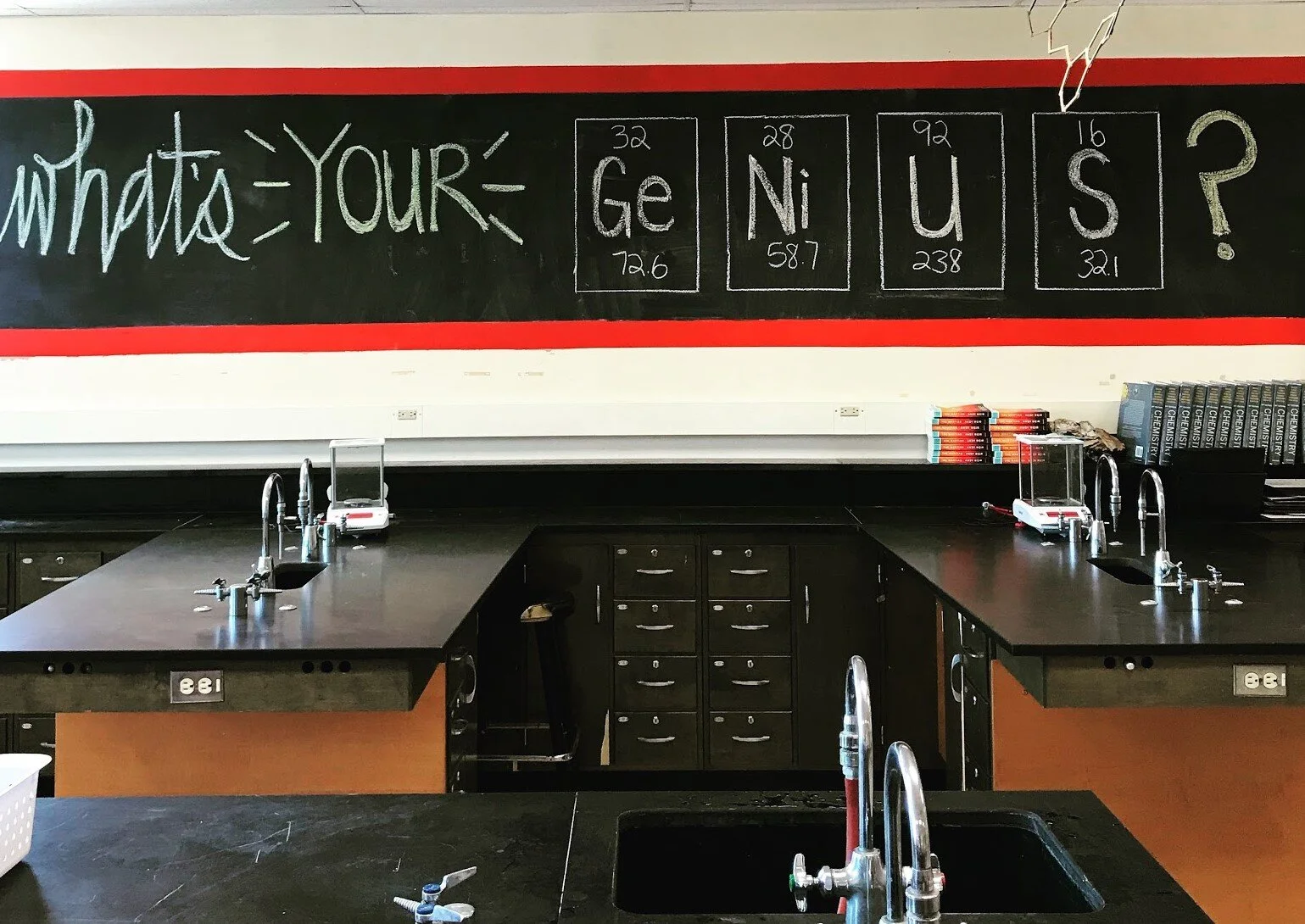The story of how one teacher is tackling distance learning and what two critical elements you should know as an educator or parent
By Cindy Collins
On Friday, March 13, 2020, my job changed dramatically.
The news came with about one hour left in the school day that we would be teaching virtually and not be returning face to face with students until April 14 at the earliest. And now the situation has changed to "indefinitely". As anxiety and panic rose at the uncertain future, my fellow teachers and I did our best to pack up what we would need to either learn or to teach from home for the foreseeable future and left the building. There was no time for goodbyes, well wishes, or yearbook signing.
In an instant, I was in a position to re-imagine teaching and learning and to learn a whole new technological skill-set in about a week, as I learned I would be teaching AP Chemistry and General Chemistry from home via Distance Learning.
Imagine yourself teaching someone to drive without ever actually being in a car with them. Or coaching a basketball game, but never entering a gym with your team.
How was I going to do this?
What would be the two most vital elements for distance learning?
To discover the answer, I had to look back on my 16 years of teaching. My greatest pride as an educator is not the accolades of being one of the highest performing AP Chemistry teachers in the state or receiving a Teacher Tribute Award for Excellence in Teaching from Stanford University; it is the relationships I build with my students. While I did enjoy earning recognition but ask my former students, and you will learn, it is all about the relationship! A close second is not the content they learn from me, but the lifelong skills that I have the opportunity and blessing to instill in them as they move into adulthood. So that became my priority: relationships and skills.
As I was outwardly anxious in the last few minutes I would have with my students, one of them quietly came up to me and said, "It's OK, Mrs. Collins, you can do this. Use Design Thinking - we know how to solve problems and design solutions!" and she was right. You see, we've been approaching STEM in our General Chemistry course all year by using a method called Design Thinking. The students have tackled problems and designed solutions ranging from re-imagining a shopping cart to a wallet and to even, "How might we re-imagine school?" We've done this. I've got this.
Design Thinking is not content; there is no textbook; there is no multiple-choice test at the end of the unit. It is a way of thinking.
The reality is that our K-12 students are likely preparing for a job that doesn't yet exist. According to the article on The 10 skills, you need to thrive in the Fourth Industrial Revolution" in the World Economic Report, the top three most valued skills are:
Complex Problem Solving
Critical Thinking
Creativity
This is why now more than ever, teaching STEM (science, technology, engineering, and mathematics) skills is vital to our students' futures. And while I tackled my own problem-solving into how to be successful at "distance teaching", I started to ideate (generate as many ideas as possible) on how I could continue my STEM-focused curriculum from home.
Ideating, which is a Design Thinking step, has no bounds; that's the beauty of it. As humans, we are often faced with problems that do not have solutions. Yet. Encouraging kids to use their moonshot thinking, to think of the wildest idea they can, and then run with it is how we're going to solve the world's problems. My ideas became worldly; we are facing a world pandemic, one like we've never seen before in our generation, and the kids are facing experiences as they've never had before by virtue of illness or isolation.
So, their first project from home won't be to build a marshmallow and spaghetti noodle tower or make Borax crystal structures (although those are great STEM activities for at-home kids), it will be to use Design Thinking to tackle the problem and design solutions to one of the following questions:
How might we help someone at risk during this time to feel connected and safe?
How might we positively change the narrative of the current situation?
How might we stay connected to our family and friends during the safer-at-home order?
How might we create a way to increase the safety of those who need to leave their house for essential business?
It comes down to relationships, guiding students to recognize that their relationship with others, with their neighbors, and with strangers all over the world matters and is essential moreover, that their ideas matter that their solutions are important. They play a role in a broader picture of a Global Society. It's about "we", we are in this together.
I see it as my global responsibility to offer learning opportunities for them to collaborate and to solve complex, real-life problems. To flex their moonshot thinking while learning how to be responsible global citizens. We must teach how to appropriately seek answers in the vast and dynamic cosmos held behind their screens. And, our children must learn how to fail and to get back up and try again.
Why? Because that is what the modern world expects from them and what it expects from us as their teachers, parents, and mentors. But remember we don't have to do this in isolation. We are all in this together!
I leave you with this at home STEM activity and an invitation to connect with me on instagram @schoolofcindy.
Posted on April 2, 2020 by Maureen Haeger, Communications Manager, STEM Forward
Stay up to date on all of our blog posts. Follow us on social media.



